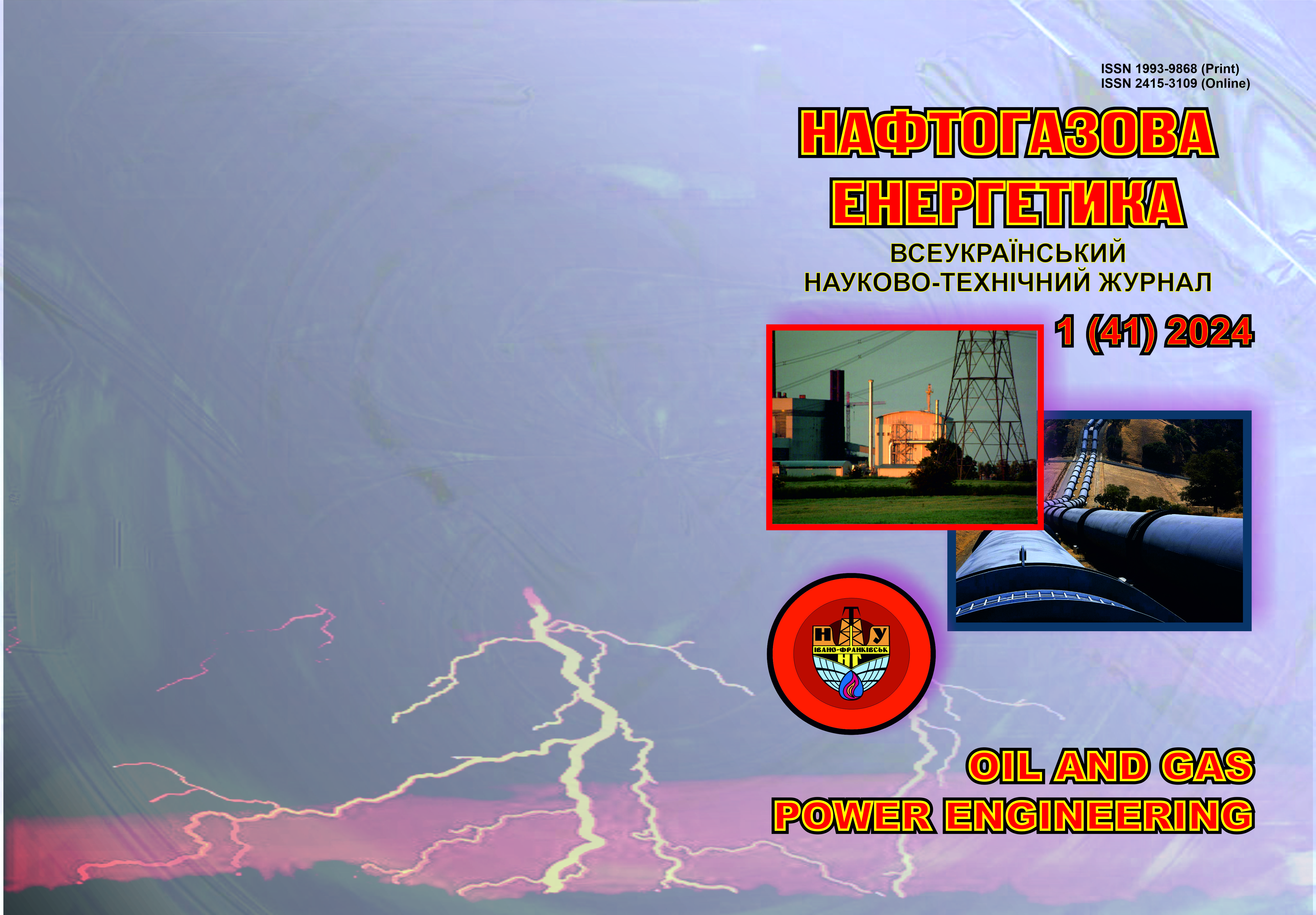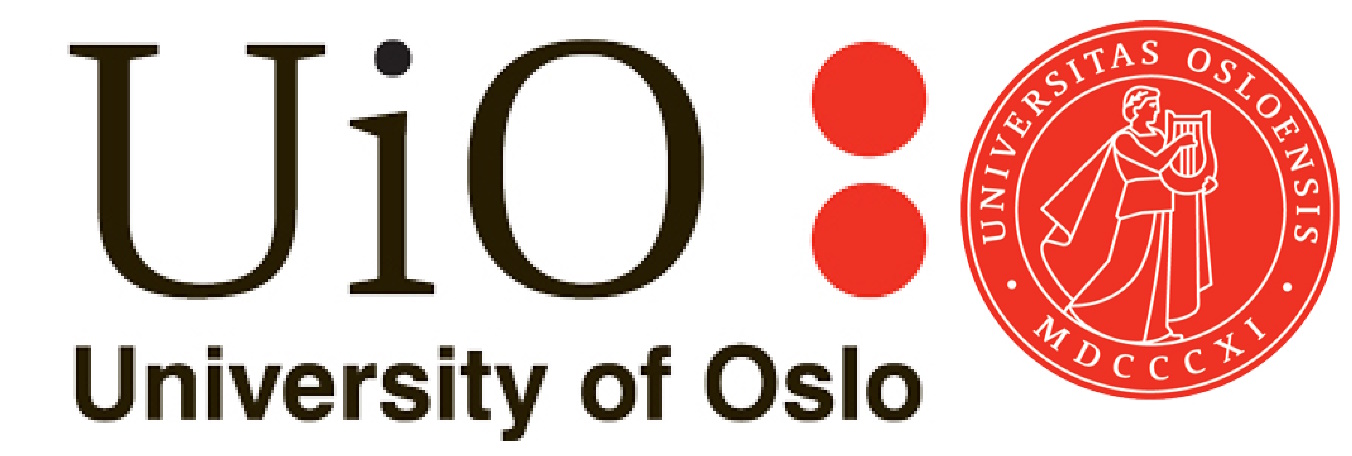CHANGING THE OPERATING PARAMETERS OF GAS DISTRIBUTION NETWORKS WHEN TRANSFERRING THEM TO THE TRANSPORTATION OF GAS-HYDROGEN MIXTURES
DOI:
https://doi.org/10.31471/1993-9868-2024-1(41)-96-104Keywords:
low-pressure gas networks, real gas, gas-hydrogen mixture, standard conditions, density, volumetric heat of combustion, gas dynamic calculationAbstract
The purpose of the work is to establish the regularities of the influence of the properties of gas-hydrogen mixtures on the modes of operation of existing low-pressure gas distribution networks, which previously operated on natural gas. The density and higher heat of combustion for natural gas and gas-hydrogen mixtures created on its basis are determined in accordance with the requirements of current standards and the Code of Gas Distribution Networks under standard volume measurement conditions, namely, a pressure of 101.325 kPa and a temperature of 0 °C, and a standard combustion temperature of 25 °C, taking into account the real properties of gases. The regularities of changes in calculated costs, pressure losses from friction and final pressure in a low-pressure steel and polyethylene gas pipeline depending on its load and the molar concentration of hydrogen in the gas-hydrogen mixture have been established. According to the results of mathematical modeling, analytical dependences of pressure losses due to friction in low-pressure steel and polyethylene gas pipelines were obtained as a function of the Reynolds number and the molar concentration of hydrogen in the gas-hydrogen mixture. According to the research results, graphic and analytical dependences of the initial pressure value in the steel and polyethylene gas distribution network were obtained for the full range of changes in molar concentrations of hydrogen in the gas-hydrogen mixture. As research has shown, the predicted value of the initial excess pressure does not exceed 4000 Pa, that is, it is less than the value of 5000 Pa, which is the maximum pressure in low-pressure gas pipelines. Thus, the possibility of transporting gas-hydrogen mixtures containing an arbitrary molar fraction of hydrogen through low-pressure gas pipelines at increased costs by increasing the pressure at the beginning of the network after the gas control point has been established. This will require proper adjustment of the pressure regulators and relief valves.
Downloads
References
Lipiainen S, Lipiainen K., Ahola A., Vakkilainen E. Use of existing gas infrastructure in Euro-pean hydrogen economy. International Journal of Hydrogen Energy. 2023. Vol. 48. No 80. P. 31317–31329.https://doi.org/10.1016/j.ijhydene.2023.04.283 (дата звертання 14.04.2024)
Zabrzeski Ł., Janusz P., Liszka K., Łaciak M., Szurlej A. Hydrogen-Natural Gasmixture compression in case of transporting through high-pressure gas pipelines. IOP Conf. Ser.: Earth and Environmental Science. 2019. DOI: 10.1088/1755-1315/
/1/012137
Abbas A.J., Hassani H., Burby M., John I.J. An Investigation into the Volumetric Flow Rate Requirement of Hydrogen Transportation in
Existing Natural Gas Pipelines and Its Safety
Implications. Gases. 2021. No 1. P. 156–179. https://doi.org/10.3390/gases1040013 (дата звертання 14.04.2024)
Haeseldonckx D., D’haeseleer W. The use of natural-gas pipeline infrastructure for hydrogen transport in a changing market structure. Hydrogen energy. 2007. No 32. P. 1381–1386. https://doi.org/10.1016/j.ijhydene.2006.10.018 (дата звертання 14.04.2024)
Kuczyński S., Łaciak M., Olijnyk A., Szurlej A., Włodek T. Thermodynamic and Technical Issues of Hydrogen and Methane-Hydrogen Mixtures Pipeline Transmission. Energies. 2019, No 12, P. 569. https://doi.org/10.3390/en12030569 (дата звертання 14.04.2024).
Serediuk M.D. Hazodynamichni rezhymy ekspluatatsii hazovykh merezh nyzkoho tysku pry transportuvanni hazovodnevykh sumishei. Mizhnarodnyi naukovyi zhurnal «Internauka». 2021. No 1 (101). Vol. 1. P. 52–62. https://doi.org/
25313/2520-2057-2021-1-6822 [in Ukrainian]
Serediuk M. D. Osoblyvosti hazodyna-michnykh protsesiv u hazovykh merezh serednoho i vysokoho tysku za transportuvannia hazovodne-vykh sumishei. Mizhnarodnyi naukovyi zhurnal «Internauka». 2021. No 2 (102). P. 87–95. https://doi.org/10.25313/2520-2057-2021-2-6887 [in Ukrainian]
Serediuk M. D. Osoblyvosti hazodynamich-noho rozrakhunku vnutrishnikh hazovykh merezh pry zastosuvanni hazovodnevykh sumishei. Mizhnarodnyi naukovyi zhurnal «Internauka». 2021. No 11 (111). P. 73–80. https://doi.org/
25313/2520-2057-2021-11-7484 [in Ukrainian]
Serediuk M.D., Velykyi S.V. Analiz metodiv vyznachennia hazodynamichnoi enerho-vytratnosti hazovykh merezh naselenykh punktiv. Naftohazova enerhetyka. 2022. No 2(38). P. 51–61. DOI: 10.31471/1993-9868-2022-2(38)-51-61 [in Ukrainian]
DBN V.2.5-20:2018. Hazopostachannia. [Chynnyi vid 2019-07-01]. Vyd. ofits. Kyiv: Minhehion Ukrainy, 2019. 113 p. [in Ukrainian]
Kodeks hazorozpodilnykh merezh. URL: https://zakon.rada.gov.ua/laws/show/z1379-15#Text [in Ukrainian]
DSTU EN ISO 6976:2020. Pryrodnyi haz. Obchyslennia teploty zghoriannia, hustyny, vidnosnoi hustyny ta chysla Vobbe na osnovi komponentnoho skladu. [Chynnyi vid 2021-10-01]. Vyd. ofits. Kyiv: DP «UkrNDNTs», 2021. 56 p. [in Ukrainian]
Downloads
Published
How to Cite
Issue
Section
License
Copyright (c) 2024 Oil and Gas Power Engineering

This work is licensed under a Creative Commons Attribution-ShareAlike 4.0 International License.


.png)






1.png)









